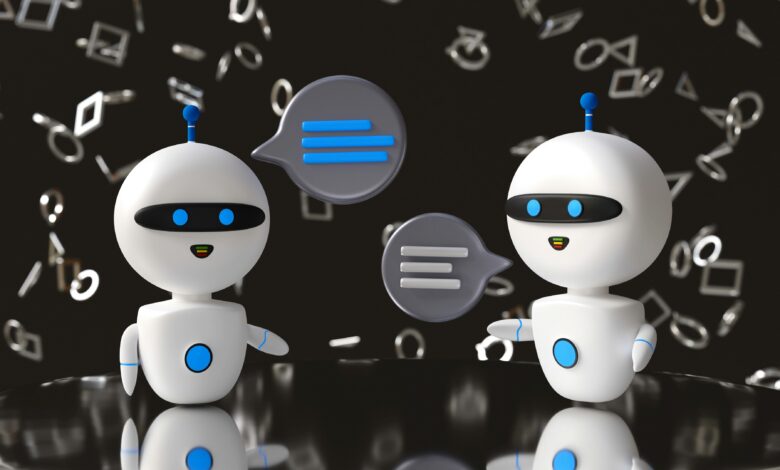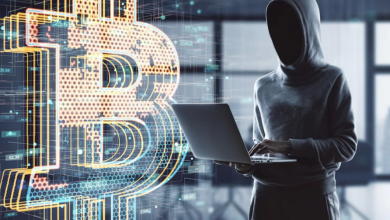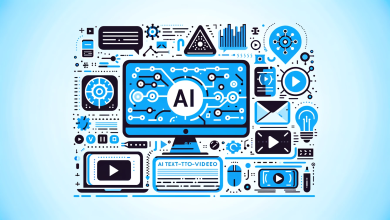
Innovation in artificial intelligence (AI) is at an all-time high. While AI chatbots have dominated recent discussions, AI-powered image and video generation are emerging as the next competitive battleground. In December 2024, Elon Musk’s xAI unveiled Aurora, a cutting-edge image generator launched as part of Grok AI’s latest update. Staying true to Musk’s “ship anytime” philosophy, Aurora debuted just ahead of OpenAI’s image-to-video tool Sora’s release, sparking a new rivalry across the tech landscape.
Grok AI isn’t new to controversy. Earlier versions drew criticism for inadequate content moderation and safety measures, often producing harmful or misleading text and images—some even legally questionable. Testers found Grok-2 could generate content that other tools like MidJourney or Google Gemini strictly prohibited, including deepfakes and violent or explicit imagery. However, Aurora represents a significant shift—offered as a separate tool with a renewed focus on quality and reliability.
Aurora has raised eyebrows with its ability to produce photorealistic images that rival top-tier AI tools like MidJourney and DALL·E 3. Unlike its earlier versions, which struggled with realism, Aurora consistently delivers lifelike results, even from simple prompts. Users report that Aurora’s images are virtually indistinguishable from real photos, demonstrating exceptional attention to light, shadow and detail. In contrast, OpenAI’s DALL·E 3, while excelling in artistic sketches, often falls short when it comes to true-to-life realism.
Aurora’s premium model for X’s top-tier subscribers elevates this capability further. Users found that the AI can generate stunningly realistic images of fictional characters and intricately detailed vehicles, sharing their creations under the hashtag #GrokAurora on X.
https://x.com/danielpikl/status/1865472427414667696
“Grok’s Aurora expands the creative possibilities for digital creators and daily users alike, offering a way to communicate their vision and content,” Dr. Dimitri De Jonghe, founder of AI-powered immersive art experiences platform 204.ai and AI builder at Temple Technology, told me. “While prompting tools provide remarkable creative capabilities, they cannot replicate the authenticity and emotional depth found in direct human interaction with the physical world. These tools should only be viewed as a complement to traditional artistry, not a replacement.”
While Grok continues to impress with its photorealistic imagery, OpenAI has raised the creative stakes with Sora. Unlike Grok, Sora focuses on creating hyper-realistic AI-generated videos. Officially launched to the public recently as Sora Turbo, the tool lets users generate up to 50 short videos per month, blending AI-generated elements from image inputs or crafting entire clips from simple text prompts. Subscribers to the $200/month ChatGPT Pro plan gain unlimited access to slower video generations and up to 500 fast-rendered videos monthly.
What sets Sora apart is its ability to produce intricate scenes with dynamic camera movements. Its standout feature, Storyboard, allows users to outline specific actions or events at different points in the video, giving them more creative control over sequences. This innovation can significantly reduce the time and cost of traditional video production, making high-quality video creation accessible to indie filmmakers, small businesses and content creators.
However, it’s not just creatives under threat here.
“As fewer software engineers, along with fewer junior engineers, are needed to perform the same amount of work, the focus will shift from providing capacity to delivering distinctive capability,” explained Ranjit Tinaikar, CEO of Ness Digital Engineering.
“With Sora entering the realm of video generation, industries such as entertainment, marketing and education now have unprecedented opportunities to produce content faster and at scale,” Violette Sieczka, VP of Brand at hybrid IT solutions platform Ensono, told me. “While these tools unlock new creative possibilities, they also raise the stakes for originality and authenticity. The real challenge will be how artists differentiate themselves when anyone with the right tool can generate photorealistic content in seconds.”
However, the launch of Sora hasn’t been without controversy. Early testers, including artists and creative professionals, accused OpenAI of using them as “PR puppets” after their access to the tool was abruptly revoked. They alleged that OpenAI primarily sought positive feedback to control the narrative around their AI model, sidelining genuine feedback. In response, some testers leaked access to Sora online, granting the public limited use of the platform as a form of protest.
“Multi-billion-dollar companies rarely aim to ’empower artists,’” said De Jonghe. “Their products are often built on source material obtained under questionable ethical standards. The rapid pace of AI innovation risks overshadowing critical ethical considerations, unethically sourced data, and a lack of provenance and transparency.”
The incident raised broader concerns about how large tech companies may exploit early testers—especially creatives—by leveraging their work for promotion without fair compensation or meaningful acknowledgment of their input.
“Tools like Aurora and Sora are built on stolen creativity,” Jason Zhao, former AI researcher at Google DeepMind and co-founder of Story, told me. “While AI development has surged, intellectual property (IP) infrastructure has lagged behind, unable to keep pace with the speed of creation. Sora’s AI was trained on the work of millions, yet no compensation is offered for the IP that formed its foundation. This undermines the incentive to produce new and original IP, which not only harms creators and their communities but also jeopardizes AI’s future.”
Race to AI Supremacy: Google’s Strategy and Emerging Competitors
While OpenAI and Grok battle for supremacy, other players are also making moves in the generative AI space. Google, for instance, is expanding its AI video tools with the private preview of Veo2, its generative AI (genAI) model for video creation. Though currently not perfect, the model delivers impressive 1080p video from text and image prompts. Additionally, Google’s Imagen 3 has introduced new features for photo editing and branding customization, while Genie 2 offers the ability to generate immersive 3D worlds—ushering in new possibilities for gaming and virtual environments. These innovations position Google as a strong contender in the genAI space, even as OpenAI and Grok race to capture the market’s attention. Moreover, competitors like China’s DeepSeek V3 AI model are beginning to challenge the likes of Google and OpenAI but the tech giants still maintain a firm hold on the market.
“We’re already seeing models capable of generating authentic video—and even entire video games—from simple prompts,” Mel Morris, CEO of research engine platform Corpora.ai, told me. “However, the true impact will depend on whether audiences can still differentiate AI-generated content from human-made creations. As the cost of genAI continues to plummet, it will disrupt the entire market, driving prices down and making it increasingly difficult for professionals to stay competitive.”
AI Innovation vs. Ethical Boundaries: Can Technology Amplify, Not Replace, Art?
As AI tools become more powerful, they introduce new risks—especially in terms of misuse. OpenAI and Google have embedded watermarks in their AI-generated content to indicate when a machine creates an image or video. However, these safeguards may not be enough to prevent bad actors from exploiting the technology for malicious purposes, such as creating deepfakes. The creative community is also feeling the pressure. Many artists fear that AI-generated content could replace traditional human-driven artistry, potentially devaluing their craft.
“AI has the potential to unlock new opportunities for human creativity and should serve to enhance, not undermine the art culture,” added Zhao. “AI-generated and human-created content doesn’t have to be mutually exclusive. Ultimately, the line between the two will blur and AI may become an extension of human expression. However, this vision is unattainable under the current system, where creators receive neither attribution nor compensation for the work used to train AI models.”
The competition between Grok, OpenAI, Google and emerging players underscores the rapid pace of AI innovation, with each company vying to shape the future of digital content creation. The next few years will be crucial in determining how these tools are integrated and whether they will empower creators or disrupt traditional industries in ways we can’t yet fully anticipate.
“The industry needs guardrails, not handcuffs. The future isn’t about choosing between machines and people; it’s about blending AI’s precision with human emotion,” said Sieczka. “When we find that balance, AI won’t overshadow human creativity—it will amplify it, making it even more unique and extraordinary.”




